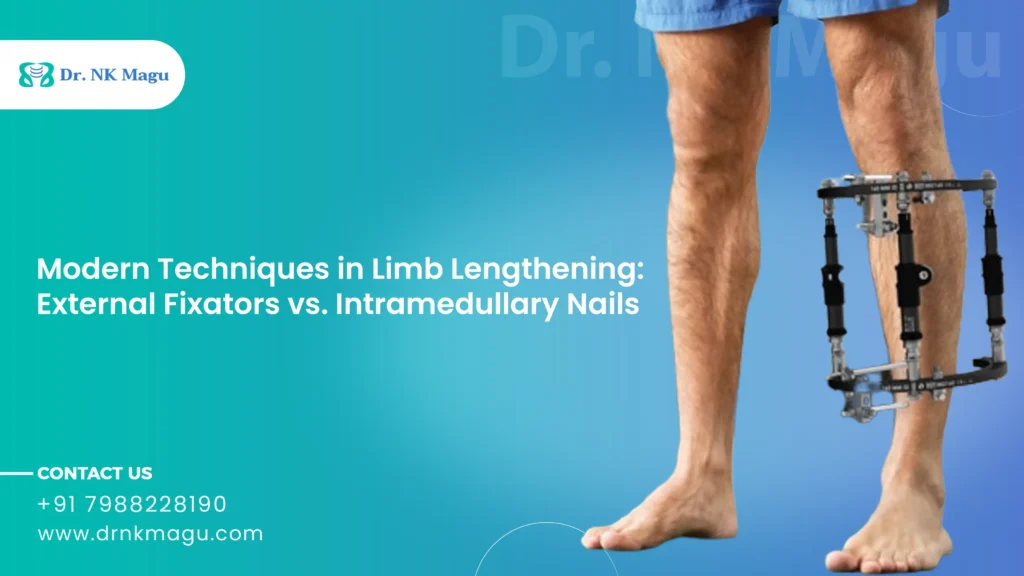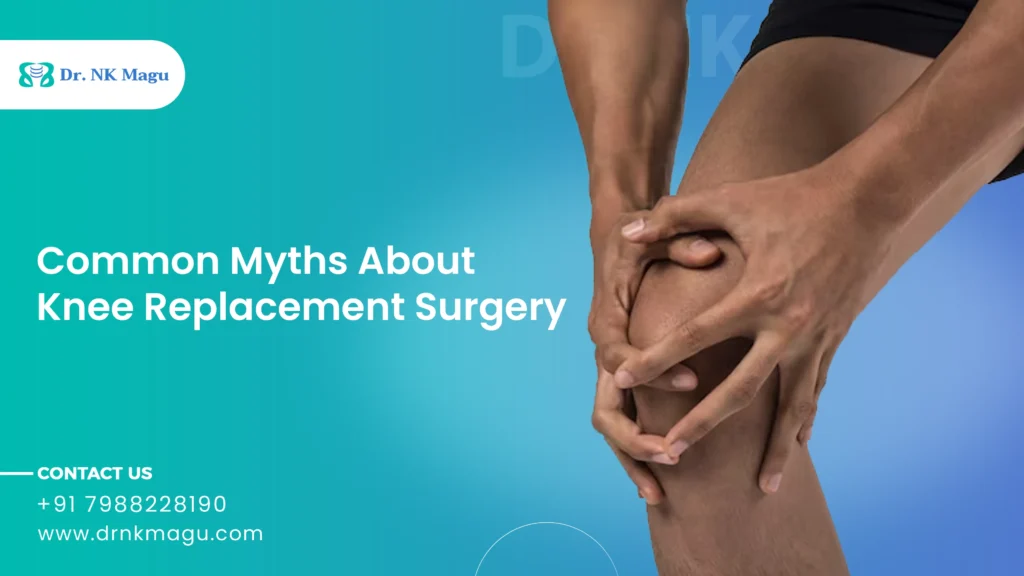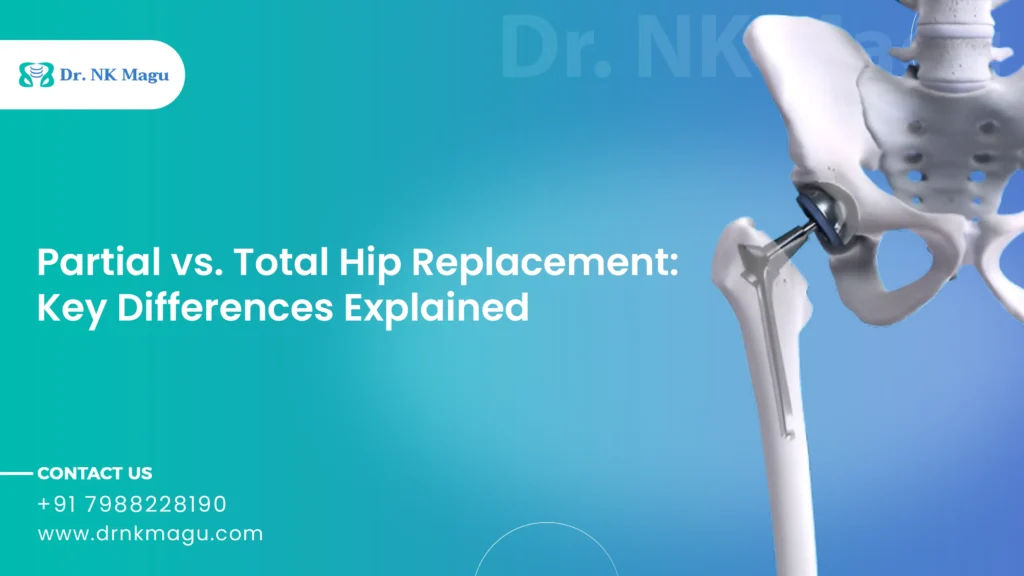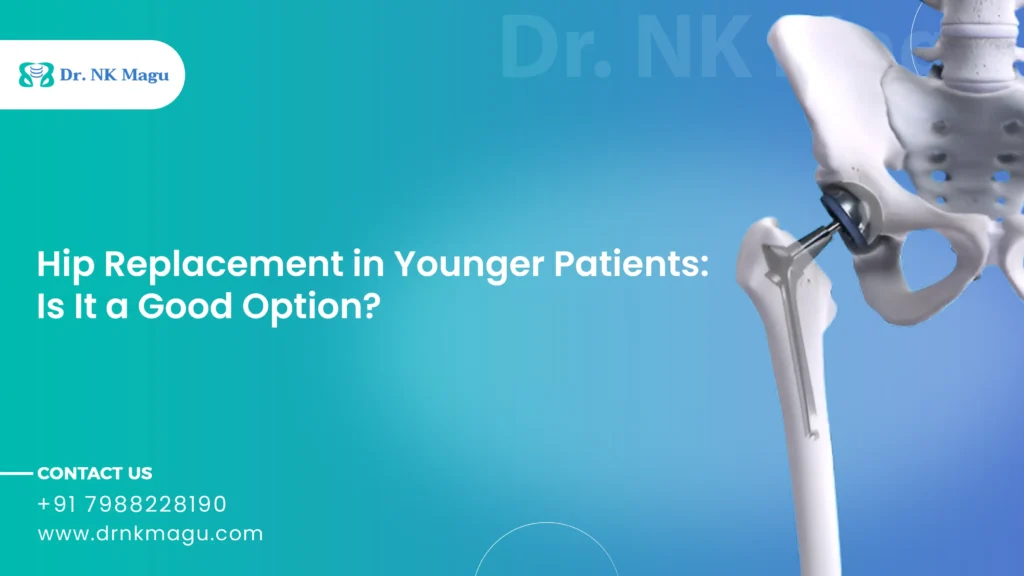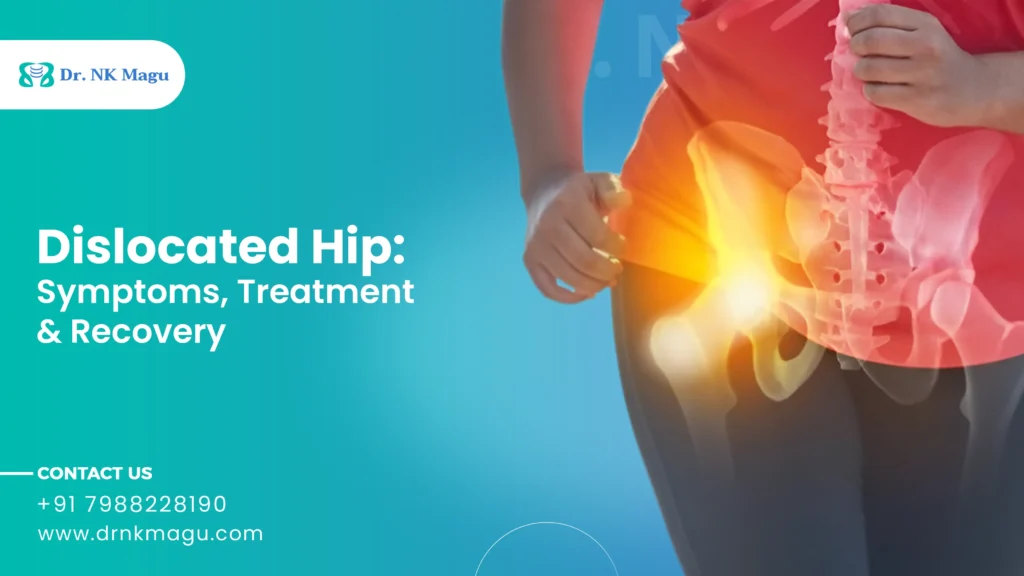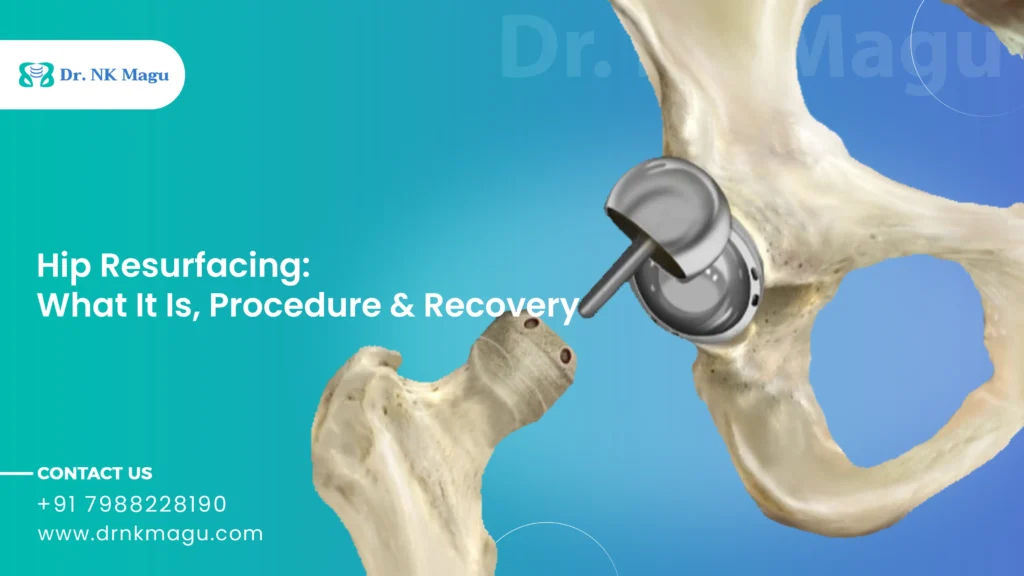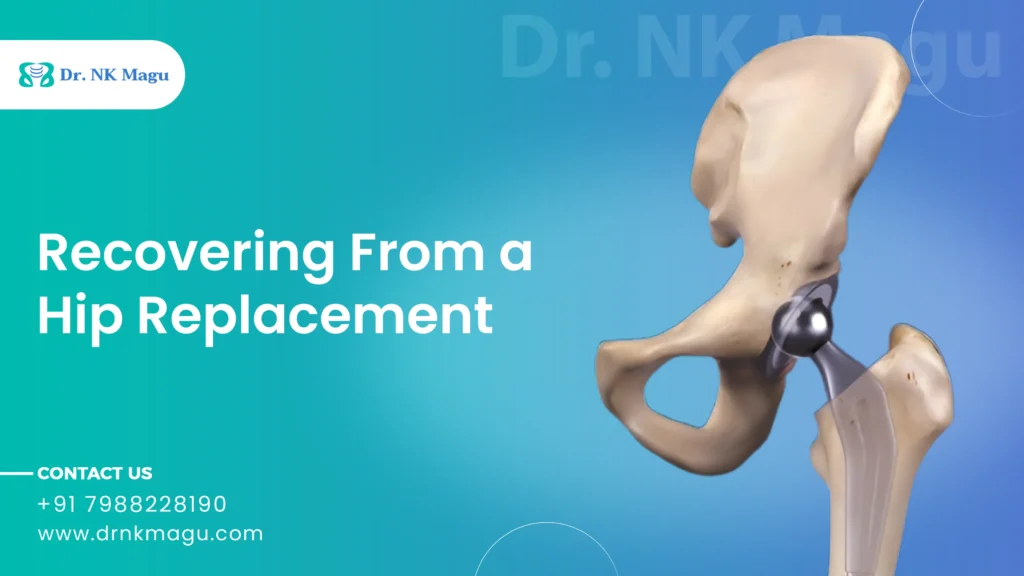As we all know, our bones provide structure, support, and allow for easy movement when performing daily tasks. But, sometimes, joint pain, bone deformity, and uneven limb alignment can significantly impact a person’s quality of life.
Joint replacement surgeries, like knee or hip replacements, are not always the best solution, especially for younger individuals with localized joint damage. In such cases, osteotomy offers an effective solution.
This lesser-known yet highly effective procedure can offer long-term relief while preserving your natural joints. By realigning the bones, osteotomy can reduce pain, improve mobility, and delay or even avoid the need for joint replacement in the future.
In this blog, we’ll explore osteotomy, including its applications, procedure, and recovery process. Let’s begin!
What is Osteotomy?
Osteotomy, also known as ‘bone cutting’, is a procedure of cutting and reshaping a bone to correct its alignment or relieve joint pressure. The procedure can be performed on various bones such as the jaw, elbow, knee, hip, spine, legs, toes, and feet.
It is commonly used to treat conditions such as:
- Knee arthritis
- Hip dysplasia
- Toe deformities
- Spinal deformities
- Crooked bones after a fracture
Why is Osteotomy Done?
Osteotomy is performed for various reasons, such as:
- To correct the alignment of a deformed joint
- To correct the angle and rotation of the bones
- To repair a damaged joint
- To shift weight away from the worn part of the knee
- To reposition the hip joint
- To correct curvature and restore spinal balance
- To delay the need for joint replacement surgery in younger adults
What are the Types of Osteotomy Procedures?
Different types of osteotomy procedures are:
Knee Osteotomy
- It is used to correct damage from early-stage arthritis.
- It involves cutting and reshaping of the shinbone (tibia) or thighbone (femur).
- It realigns the knee joint and shifts the weight away from the damaged side to the healthy side.
Hip Osteotomy
- It reshapes the hip socket and head of the thighbone.
- It is used to treat hip dysplasia that causes pain and restricted movement.
- It improves stability and reduces hip joint stress.
Spinal Osteotomy
- It corrects the alignment of the spinal curves.
- It involves removing a wedge of the bone from vertebrae to correct spinal deformities such as scoliosis or kyphosis.
- It helps in relieving pain, enhancing posture, and improving spinal functions.
Jaw Osteotomy
- It realigns the bones of the lower jaw or upper jaw to fix problems such as bite problems, swallowing, and facial imbalance.
- Your doctor will recommend wearing braces before or after the surgery to realign the teeth with your jaw.
Chin Osteotomy
- It is performed to correct a vertically short chin or lengthen the chin.
- It involves cutting the jawbone and moving it to correct the position.
- It is an alternative approach to chin implants.
Osteotomy Procedure
Before
- Imaging tests such as X-rays, MRI, and CT scans are performed to understand bone alignment.
- Blood tests, physical assessment, and anesthesia evaluations are done.
During
- General or regional anesthesia is administered.
- The surgeon will make an incision and carefully cut the bone.
- The bone will be repositioned and stabilized using metal plates, screws, or rods.
- The incisions will be closed with sutures.
After
- The patient is moved to a recovery room and monitored overnight.
- Pain medications and antibiotics are prescribed to prevent infection.
The entire procedure will take 1-3 hours, and the patient needs to stay in the hospital for 2-3 days.
Also read:- Hip Osteotomy Surgery Cost in India
Recovery
Recovery after osteotomy depends on the procedure, the surgical technique, and the severity of the bone damage.
- Physiotherapy may begin during the hospital stay to encourage mobility
- A cast, split, or crutches may be required for the first 6 weeks to limit bone and joint movement
- Most people resume normal activities within 3 to 6 months
- Sports or high-impact activities may take longer
It can take 6 months to a year to fully recover, depending on the type of osteotomy and the patient’s overall health.
Benefits
Below are some of the benefits of osteotomy procedure:
- Improves mobility, alignment, and reduces pain
- Preserve natural joints
- Delay in need for joint replacement
- Correct bone deformities
Risk and Complications
Unlike other surgeries, osteotomy also carries some risks:
- Infection at the surgical site
- Blood clots
- Incomplete bone healing
- Nerve damage
- Alignment issue
- Stiffness
- Loosening or irritation
It is vital to follow proper post-operative care and schedule regular follow-ups with the medical professional to reduce the likelihood of serious complications.
Takeaway
Osteotomy is a joint-preserving surgery that can offer excellent results. However, it is not for everyone, and a thorough evaluation is done by a medical expert to determine if you are the right candidate. It improves alignment, relieves pain, and extends the life of your joint, allowing you to stay active without immediately resorting to joint replacement.



